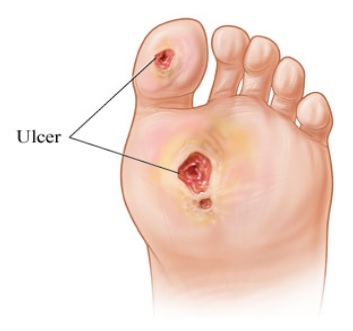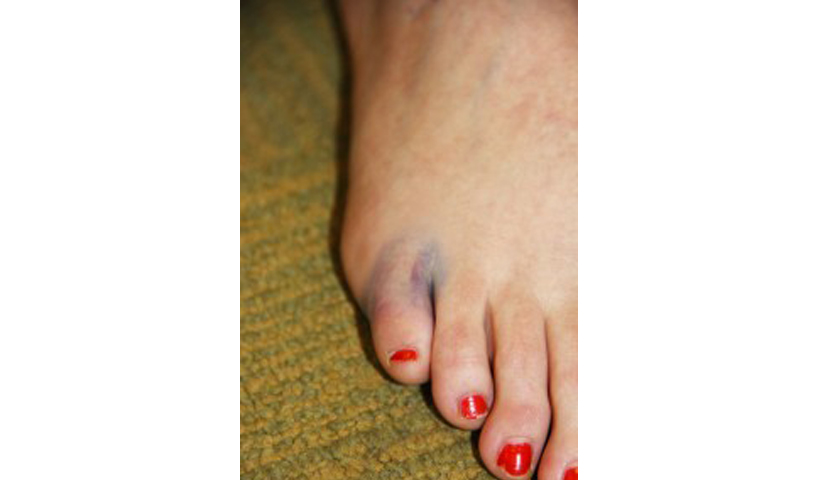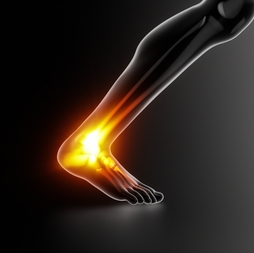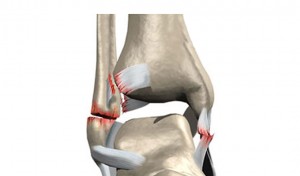Some health problems function like icebergs: they may seem small on the surface, but out of sight they can develop into big, serious conditions. Diabetic ulcers are dangerous complications of diabetes that work this way. While you may start with only a small injury, the ulcer degenerates into a problem that could result in amputation if not cared for soon enough.
Developing Wounds
A diabetic patients’ compromised circulation, nerve impairment and damaged immune system can leave them susceptible to foot ulcers. Diabetic ulcers can arise from small cuts or tiny blisters that often go unnoticed. Because our feet are the farthest anatomical body part from our heart, ulcer healing can be delayed because of circulatory compromise.
Diabetes can also damage the immune system, making it harder for your body to heal. Because of the loss of sensation, a diabetic patient might not be able to feel a small skin injury or may be unaware they have an ulcer. To make matters worse, the longer an ulcer stays open, the more likely it will become infected.
 Ulcer Management
Ulcer Management
The key to managing diabetic ulcers is catching and treating them early. Our doctors will need to examine and determine the severity of your ulcer. On exam, they can determine how deeply it penetrates your foot, how much tissue has broken down, and whether or not an infection has set in. Our expert staff may use diagnostic images to check for bone infections, as well as run tests to determine the type of bacteria causing problems.
Then our team can treat your sore so that it will heal correctly. The skin around the sore will need to be cleaned and treated to kill any bacteria. If you have dead or infected tissue inside the ulcer, it will have to be removed for healthy tissue to regrow. We will also check for small foreign objects that may have gotten into the sore and contributed to the problem. Once the spot is cleaned, it will have to be bandaged to protect it. As direct pressure on an ulcer can cause delayed healing, you may need to wear a special shoe, boot or brace to eliminate the pressure from the ulcer site.
Preventing the Problem
Since diabetic ulcers are so serious, it is much better for your body if you can prevent them. This will mean investing in proper diabetic foot care. Checking your feet every day for changes will allow you to catch sores before they have a chance to cause much damage. Wearing the appropriate shoes, as can be found in our medical shoe store, will help you manage the pressures on your lower limbs, as well as protect you from many injuries. You should also take steps to maintain a healthy control of your blood sugar levels.
If you have diabetes, you cannot afford to take your lower limb health for granted. Complications from the condition, like diabetic ulcers, put your mobility and overall health at risk from permanent damage. Contact Country Foot Care at one of our offices during regular hours to make an appointment or use the MAKE AN APPOINTMENT button located in the top right corner of this page.




